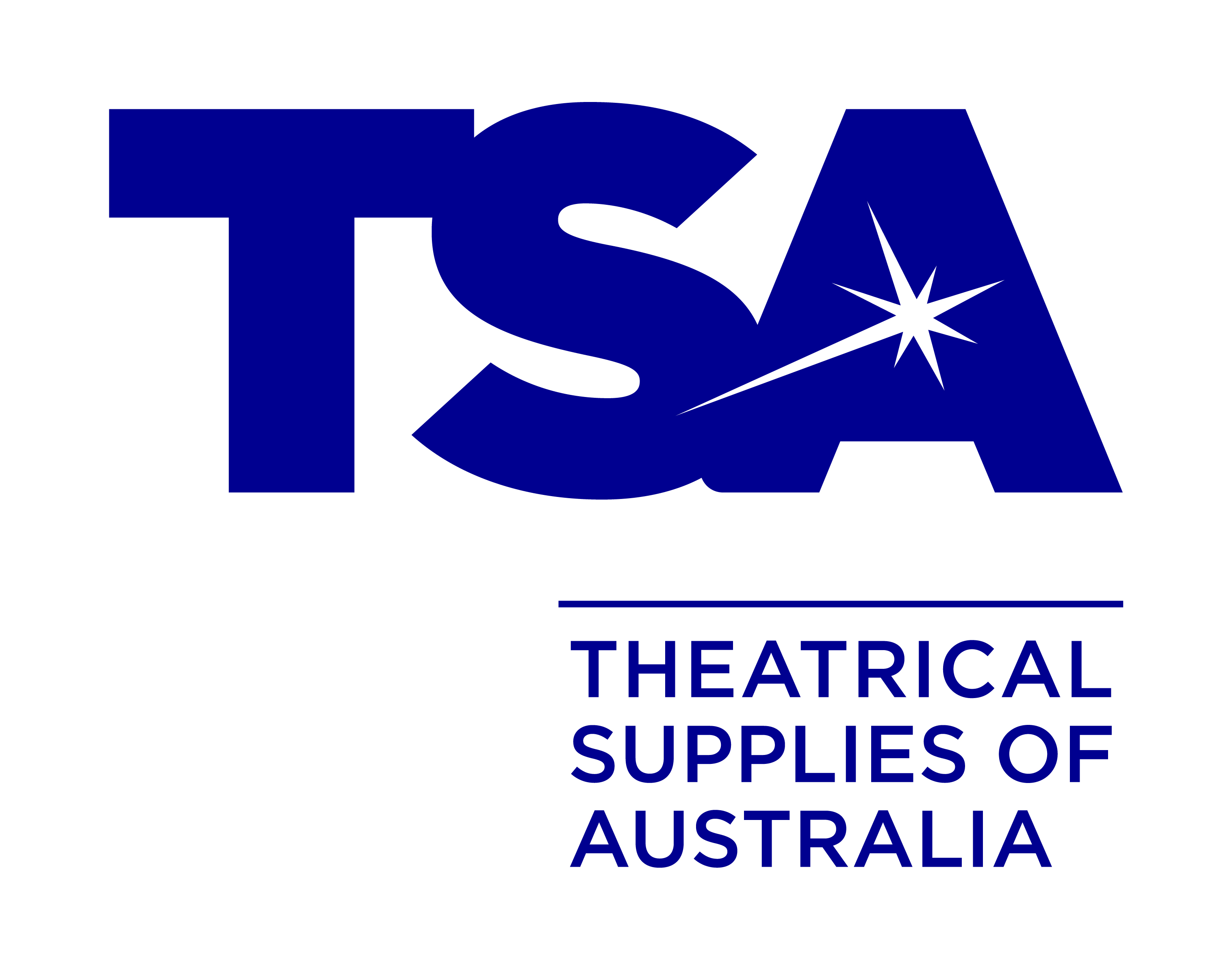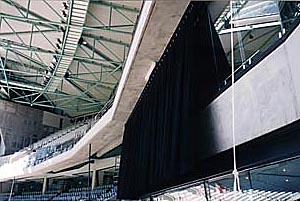Sound Absorption Curtains or acoustic drapes are used in rooms or venues where sound absorption is required. Put simply, sound absorption curtains absorb echo within a room, and therefore improve the sound quality within the space.
- Please note: Sound absorption curtains are not used for sound proofing i.e. block or stopping sound travelling from one space into another adjacent space.
Factors that affect sound absorption curtains
- Fabric thickness- Sound absorption curtain material should be thick and fibrous. We recommend using a wool serge fabric that is a minimum of 500 GSM
- Pleating- Sound absorption curtains that are pleated have a larger surface area available to absorb the sound waves. The minimum amount of pleating required is 50% fullness, but 100% fullness is recommended.
- Air Gap- Sound absorption curtains function more efficiently if they are spaced away from the surface behind them (50mm-100mm). An air gap increases the sound absorptive properties of the curtain in the mid and higher frequency range
|

